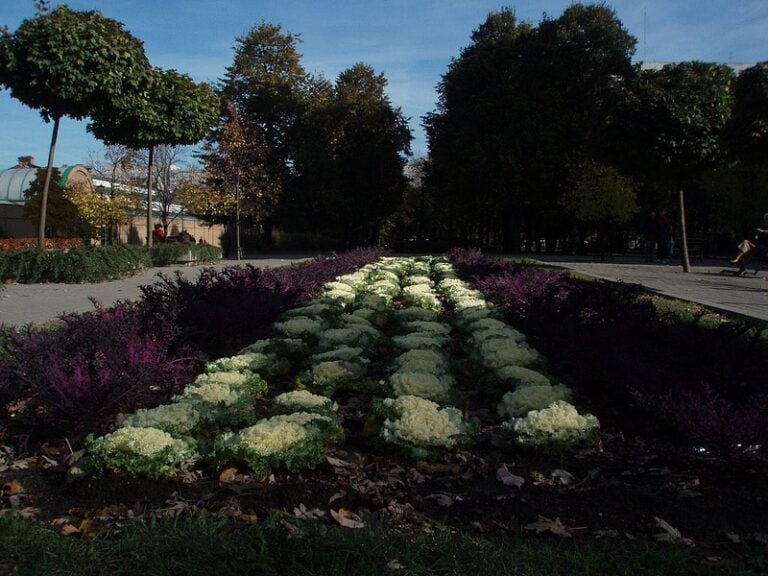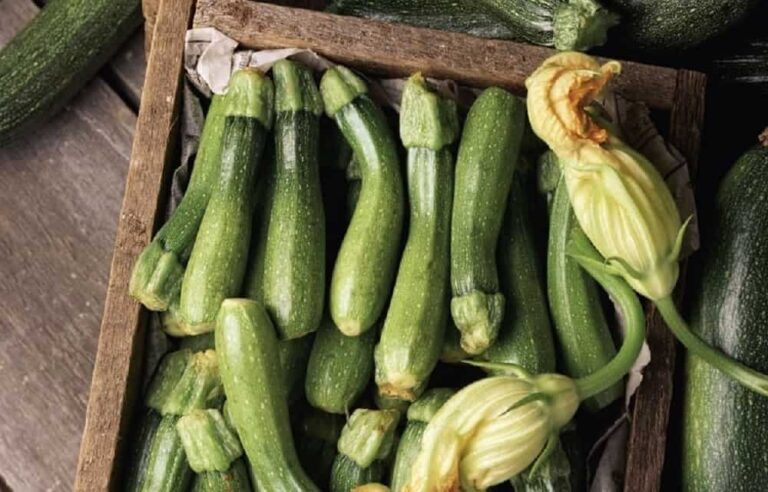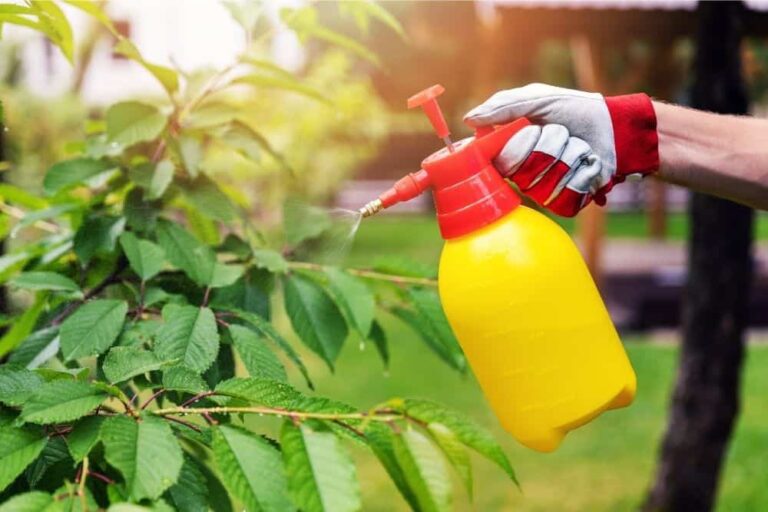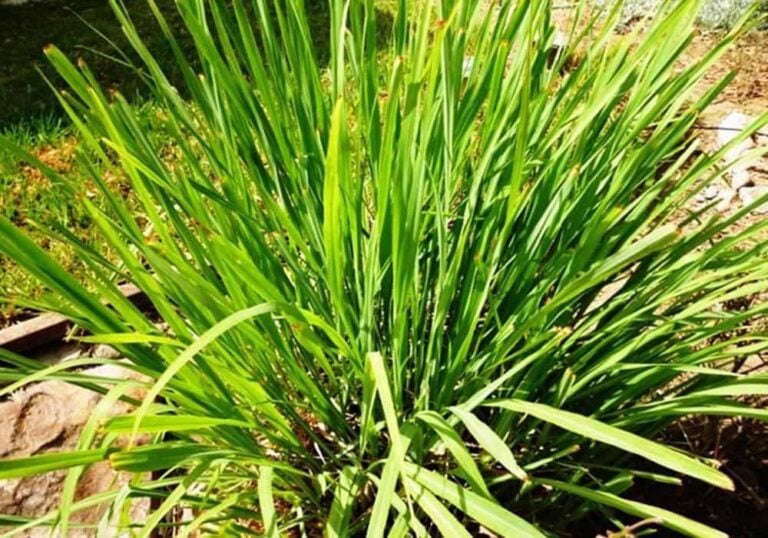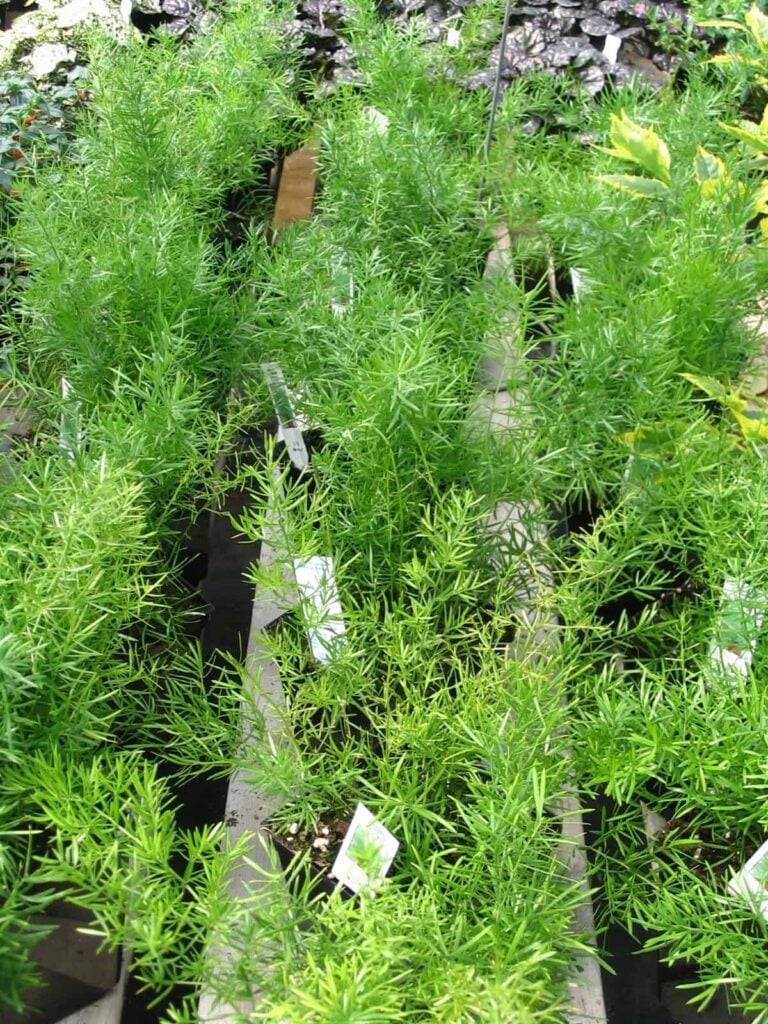A Guide to Broccoli Companion Plants
Broccoli thrives when planted alongside aromatic herbs, plants with low nutritional needs and brightly colored flowers. Aromatic herbs such as mint and rosemary confuse pests that would ordinarily want to eat broccoli. Flowers such as marigolds also have a strong scent that confuses pests and protects broccoli. Some of broccoli’s companion plants might help it taste better, but there’s no real scientific research behind that. Still, growing is believing. Try planting broccoli near its companions and see if you can taste a difference.
How broccoli Companion Planting Works
The main idea behind companion planting is that some plants produce more or grow better when they are planted in the garden near other types of plants. These plants create support system that minimizes the need for a gardener to use lots of fertilizer or pesticides. Gardeners use companion planting for three main reasons.

Putting one type of plant near another in the garden can help protect one plant from certain pests or diseases. Companion planting can also attract beneficial bugs to the garden and can create balance in the soil.
Finally, some people believe that companion planting helps improve the flavor of the plants that are grown together, such as broccoli and celery or broccoli and beets.
Protection Against Pests
Some of the claims made about companion planting are based on conjecture and old wives’ tales. Others have some scientific proof to back them up. The idea that companion planting can help protect broccoli and other plants from pests and diseases does have some scientific support behind it.
A British study from 2003 found that when plants in the cabbage or onion family were planted with a group of four other plants from another family, pests that commonly go for cabbage (like the cabbage fly) or onion (like the onion fly) were considerably confused.
Some plants were better at “protecting” their companions than others. Most notably, very aromatic plants, such as lamb’s quarters, offered the greatest amount of protection against pests.
Along with deterring pests, some companion plants help out in the garden by attracting beneficial insects. Plants with flowers attract pollen seeking insects, for example.
A Flavor Boost
While research backs up the claim that companion plants can help confuse pests, there’s little scientific proof that planting one plant next another, such as broccoli with mint or broccoli with onions, gives the plants a flavor boost.
The improved flavor might be due to the fact that garden-grown crops tend to be picked and eaten right away, rather than shipped many miles to a grocery store, as this video from Alberta Urban Garden notes.
Creates Balance in the Garden
Companion planting can also bring balance to the garden and allow each plant to take advantage of resources, rather than competing for resources.
For example, broccoli is a heavy feeder. For that reason, it’s is often planted with crops that don’t need the same amount of nutrients it does. One example is beets. While broccoli needs lots of calcium, beets don’t and will thrive in the same area and soil as broccoli.
In some cases, companion planting works well because one plant is able to provide shade to another or one plant is able to support its companion. In a video, the Curious Gardener visits Anarchy Farms and learns about the benefits of the traditional 3 sisters planting, which involves corn, squash and beans.
The beans use the tall corn plant as support while the squash is able to sprawl across the ground, providing some coverage to the soil. The beans also fix nitrogen in the soil, allowing the corn and squash to get the nutrients they need.
Good Companions for Broccoli
Here’s a quick list of good companion plants for broccoli:
- Sage
- Rosemary
- Dill
- Mint
- Catnip
- Thyme
- Celery
- Beets
- Potatoes
- Onions
- Nasturtiums
- Chard
- Spinach
Broccoli plants have a number of companions and allies in the garden. Allies are plants that are thought to improve broccoli’s flavor. They are include garlic and chamomile according to Burpee.
A variety of fragrant herbs are also thought to improve broccoli’s flavor when planted near it. These herbs are also good companions for the plant because their strong odor helps deter pests.
A few good companion herbs for broccoli include:Another popular companion plant for broccoli is marigold. Marigold flowers have a very strong scent, which is thought to confuse pests, according to Penn State.
Bad Companions for Broccoli
Broccoli doesn’t get along with every plant in the garden. In fact, if you want your entire garden to grow and thrive, it’s best to keep broccoli far away from other plants that are also heavy feeders.
That includes other members of the cabbage family, as they have very similar nutritional needs and are likely to compete for those nutrients when they have to share the same soil. Other cabbage family members include cauliflower, kale and Brussels sprouts.
Strawberries, pole beans and tomatoes might also be bad companions for broccoli. All three plants are relatively heavy feeders and can compete with the broccoli for needed nutrients in the soil as well as for root space, especially in crowded conditions.
Broccoli and lettuce also don’t get along in the garden. The two plants don’t compete for the same nutrients. Instead, according to Companion Planting Made Easy, broccoli might actually be toxic to lettuce seedlings. When old broccoli plants are left to decay in the soil, they have caused harm to lettuce.
If you’re going to grow broccoli and lettuce, it’s best not to plant them near each other. If you’re going to grow lettuce after broccoli, make sure you clear away any remains of the broccoli plants or choose a different location in your garden entirely.
Before you plant your garden for the new season, carefully consider which plants will go where. Broccoli gets along well with lots of plants, from herbs to beets and from flowers to onions. But it’s best kept far away from its relatives and other hungry plants.
Photo by FoodBankCENC.org licensed under CC BY 2.0.

